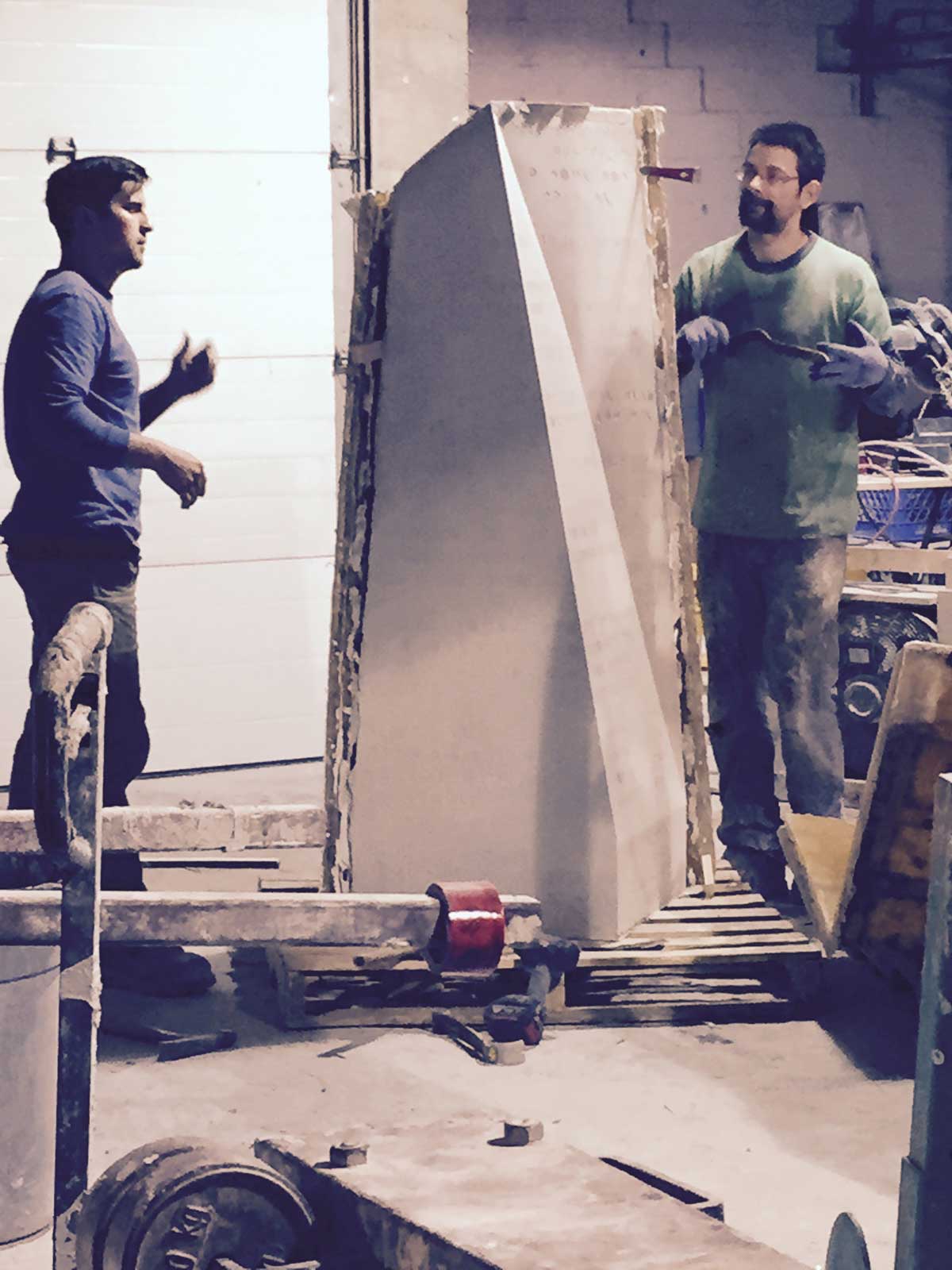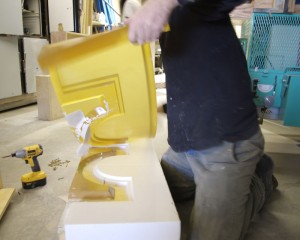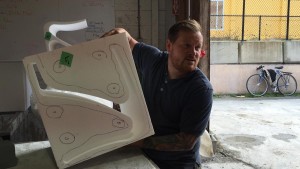Prototyping and development
Prototyping with ultra high performance concrete
Prototyping process
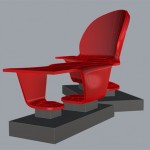
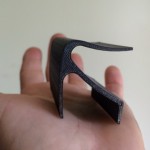
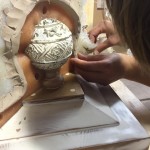
3D Rendering
3D Printing
Advance mold design
THINGS TO CONSIDER
We are very proficient at developing preliminary budgets and educating our clients as to what they can expect during the process. Our subcontractors provide us with quick estimates that help us to determine project viability in the early stages. By going through the prototyping stage, our clients and our team get an idea of what’s involved and how to price later manufacturing stages.
From napkin sketch to 3d rendering, we can help take your idea and turn it into a prototype. With complex shapes we like to utilize rapid prototyping to 3d print a small scale model. A small scale model can help work out challenges and with the mold design without as much risk and cost.
With most projects and products we work on we require a full size replica of the part that we will be molding. CNC milling, hot wire cutting, sculpting, 3d printing can all be used in combination or alone to make a positive. Usually milling lines need to be sanded and smoothed, as the molding process captures every detail. Often it is not possible to create a full scale prototype in a cost effective way. A concrete prototype needs a mold, and often the mold is the most expensive part of the process. For this reason the milled positive is usually a fairly true representation of the end product.
Mold design is a complicated subject and a craft that is often guarded in secrecy. Often two mold builders will go about a project in a completely different way, there is no right way. For this reason our team have open minds to processes and adapt to changes along the way if one particular methodology is not working. Mold design also needs to consider how many parts are needed to be produced.
Our background in polished concrete has given us extensive skills pertaining to finishing concrete. Small run colour samples help to finalize decisions and give a customer an idea of the types of finishes that are possible. There are many combinations of colours, embedded sands, polishing, sandblasting and various other techniques. Virtually any surface and be replicated with UHPC.
